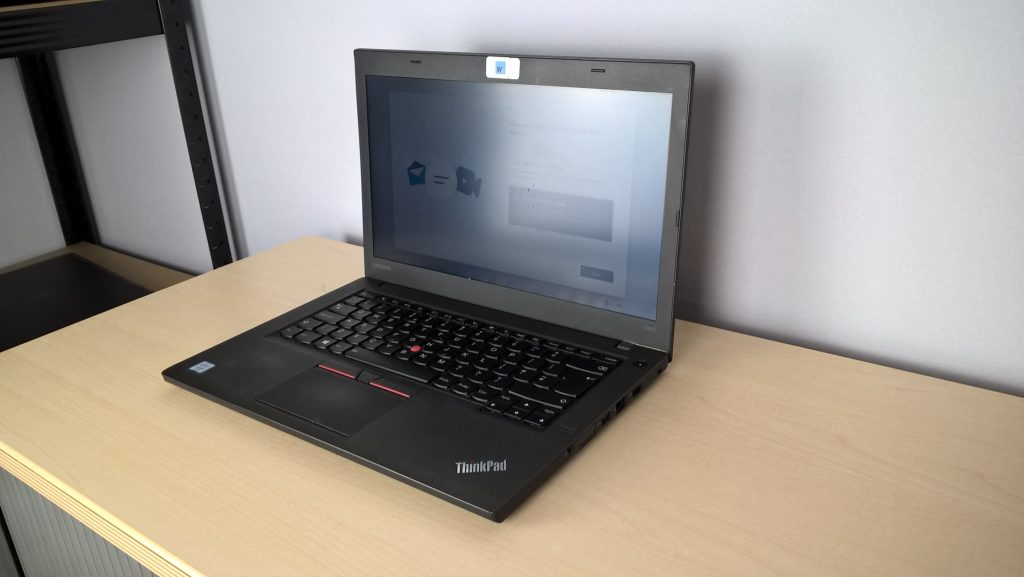Building the Perfect Sleeper PC: An Exciting Journey
The world of PC building offers countless opportunities for creativity and performance. Today, I’m excited to share my ongoing project: a sleeper build that combines powerful specifications with a subtle exterior.
While I’m still in the process of completing this build, I wanted to provide an update on the components I’ve chosen so far. The heart of my setup features an AMD Ryzen 7 7700 processor, renowned for its exceptional performance and multitasking capabilities. To enhance my gaming experience, I’ve integrated an RTX 4070 Super graphics card, which promises stunning visuals and fluid gameplay.
At present, I’ve equipped this system with 16GB of RAM, but I have plans to upgrade to 32GB shortly to further optimize its overall performance.
Although the build is not yet fully complete—I’m still working on connecting the SATA cables for my DVD drive and the 4TB hard drive—I can already envision the potential of this machine. I look forward to sharing the final results with you all once everything is in place! Stay tuned for more updates as I bring this sleeper build to life.
Share this content:




Thank you for sharing your exciting sleeper build journey! To ensure your system runs smoothly and components are properly managed, consider the following tips:
Feel free to reach out if you need assistance with cable management, BIOS configuration, or any other setup tips as you continue your build!